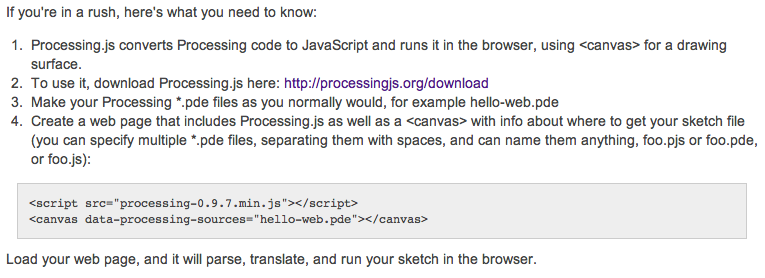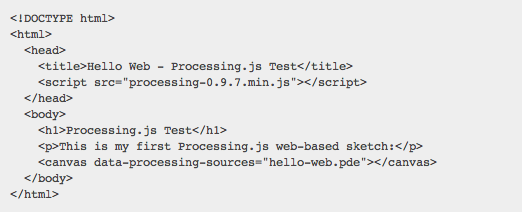HTML5
Read the HTML5 for Web Designers book by Jeremy Keith.
CSS
Went through the whole W3C CSS tutorial to brush up on the skills. Took lots of notes that are in draft mode.
JAVASCRIPT
Will go through W3C JavaScript tutorial as well.
GRIDS ARE GOOD
Considering responsive/adaptive web design as a framework, but unsure how our geolocation-based visualizations on top of a map will work if we take an approach like this.
http://goldengridsystem.com/
http://cssgrid.net/
http://www.designinfluences.com/fluid960gs/16/
http://mediaqueri.es/
HTML5 CANVAS FOR ANIMATION
Testing pretty simple stuff here: http://paintyourcity.com/viz/
Based on tutorials like these:
https://developer.mozilla.org/en/Canvas_tutorial/Basic_usage
http://thinkvitamin.com/code/how-to-draw-with-html-5-canvas/
http://dev.opera.com/articles/view/html-5-canvas-the-basics/
Not really working at all. Grrr. Will update all my browsers.



